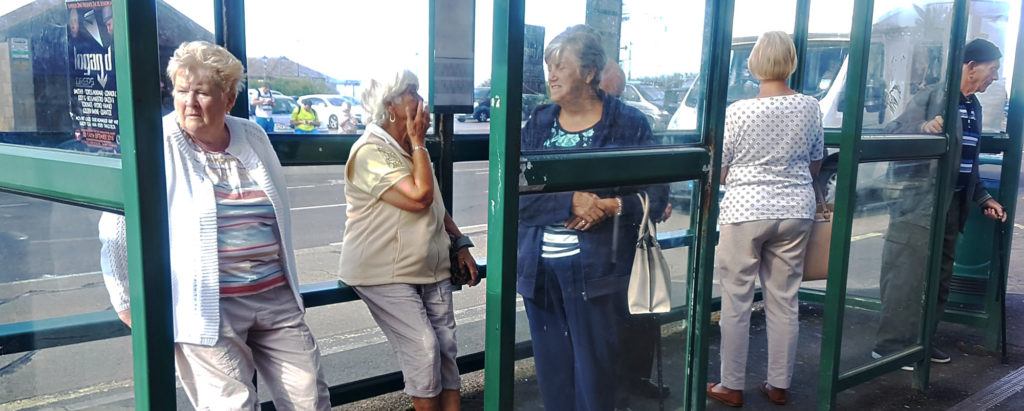Credit: by Jeff J Mitchell/Getty Images
“You’d think as we go forward things would be getting better, but they’re actually getting worse.” This pointed comment on the state of Britain’s buses came from Janice, a 73-year-old pensioner standing next to me at a windswept bus stop in the Somerset coastal town of Burnham-on-Sea.
Looking for a bus in the English countryside brings to mind the well-known aphorism about waiting for ages before two come along at once. Except, only the first part of this cliché holds true in any reliable sense: you certainly wait for ages, though a significant period of time usually elapses before a second bus arrives.
The dearth of public transport outside of England’s cities is shocking, especially for those accustomed to the comprehensive network that exists in London – where, of course, even when public transport lets you down there is typically a taxi close at hand (and you have the mobile phone reception to call one, unlikes many parts of rural England).
Having moved back to Somerset for the summer, I recently spent several days travelling around the county by bus in order to see how services compare to when I was growing up in the area. I live in a small village situated roughly half-way between Weston-Super-Mare and Taunton on the south west coast. There are shops located nearby – B&M Bargains, a few curry houses, as well as the obligatory hair salons and charity shops – but to find anything beyond groceries and cheap socks you have to venture further afield. This invariably requires a car or public transport. More than a quarter of Somerset’s population (28 per cent) is aged over 60, and they largely rely on the latter.
The first thing that strikes you about local buses, however, is how empty many of them are. On the 9.20 from Weston-Super-Mare to Burnham-on-Sea I found myself sitting alone on the upper deck – just four elderly passengers sat below. Rural bus services are essential for poorer or ageing communities, but as profit-making enterprises, they’re also unviable – something the introduction of free bus passes in 2007 has exacerbated. I was probably the only fee-paying customer aboard that bus.
Services are thus trapped in a vicious cycle in which fewer people travel by bus, so subsidies are withdrawn and fares hiked in order to sustain existing levels of coverage, and that in turn drives away those who can’t afford the higher fares. Figures from the Department for Transport show that passengers in Somerset took 7.2 million bus journeys in 2016-17, 2.6 million fewer than in 2009-10. It’s impossible to say for certain why this has happened, but fewer services and steeper fares seem an obvious starting point.

 Main Edition
Main Edition US
US FR
FR







Join the discussion
Join like minded readers that support our journalism by becoming a paid subscriber
To join the discussion in the comments, become a paid subscriber.
Join like minded readers that support our journalism, read unlimited articles and enjoy other subscriber-only benefits.
Subscribe